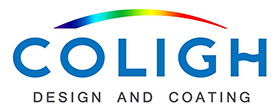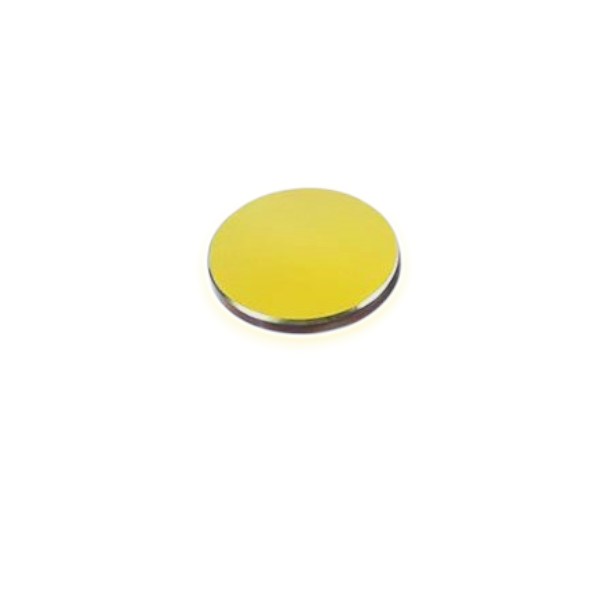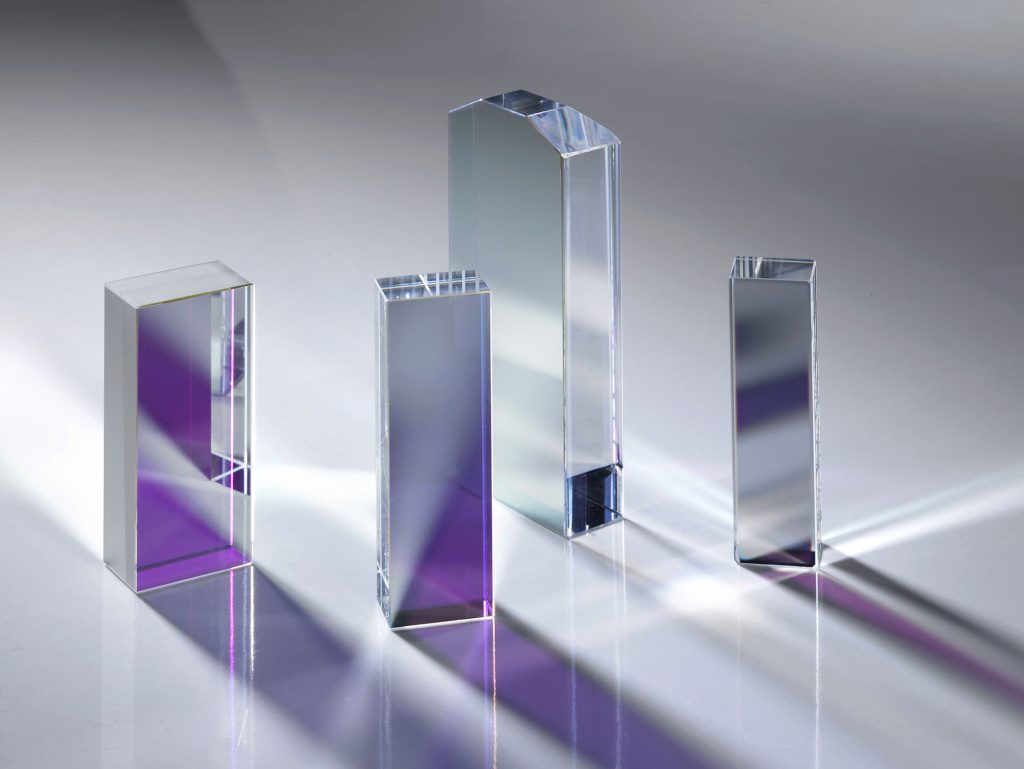Gold Reflective Flat Mirror
FAQs
Gold mirrors are reflective mirrors with a thin gold coating on the surface of an optical substrate such as glass, quartz, or metal. Their key feature is extremely high reflectivity in the infrared range, especially in the mid-to-far IR region above 700 nm, typically with reflectance ≥95%. However, their reflectivity is lower in the visible range (400–700 nm).
The main difference between gold, aluminum, and silver mirrors lies in their reflection bands:Gold mirrors are used for reflecting mid-to-far infrared light (>700 nm),
Aluminum mirrors are suitable for UV to near-IR (typically 200–2000 nm),Silver mirrors are mainly used for visible to near-IR (400–2000 nm) reflection.
To customize an optical gold mirror, the following parameters need to be specified:
-
Wavelength range
-
Angle of incidence
-
Substrate material
-
Size
-
Shape
-
Surface accuracy
Additionally, the thickness of the gold coating and type of protective overcoat can also be specified.
-
Infrared spectrometers: Reflect mid-to-far IR light for gas analysis or material inspection.
-
Laser systems: Used as high-reflectivity mirrors for CO₂ lasers (10.6 μm).
-
Space optics: Radiation-resistant gold-coated mirrors for satellite IR sensing.
-
Medical equipment: Reflective components in infrared thermal imaging or laser therapy devices.
-
Scientific research: Reflection and focusing of terahertz (THz) waves.
First, blow off surface dust with oil-free nitrogen or compressed air. Then, gently wipe in one direction using a lint-free soft cloth moistened with acetone or isopropyl alcohol. Avoid circular rubbing or pressing hard. You can also rinse with distilled water and immediately blow dry with clean air.


